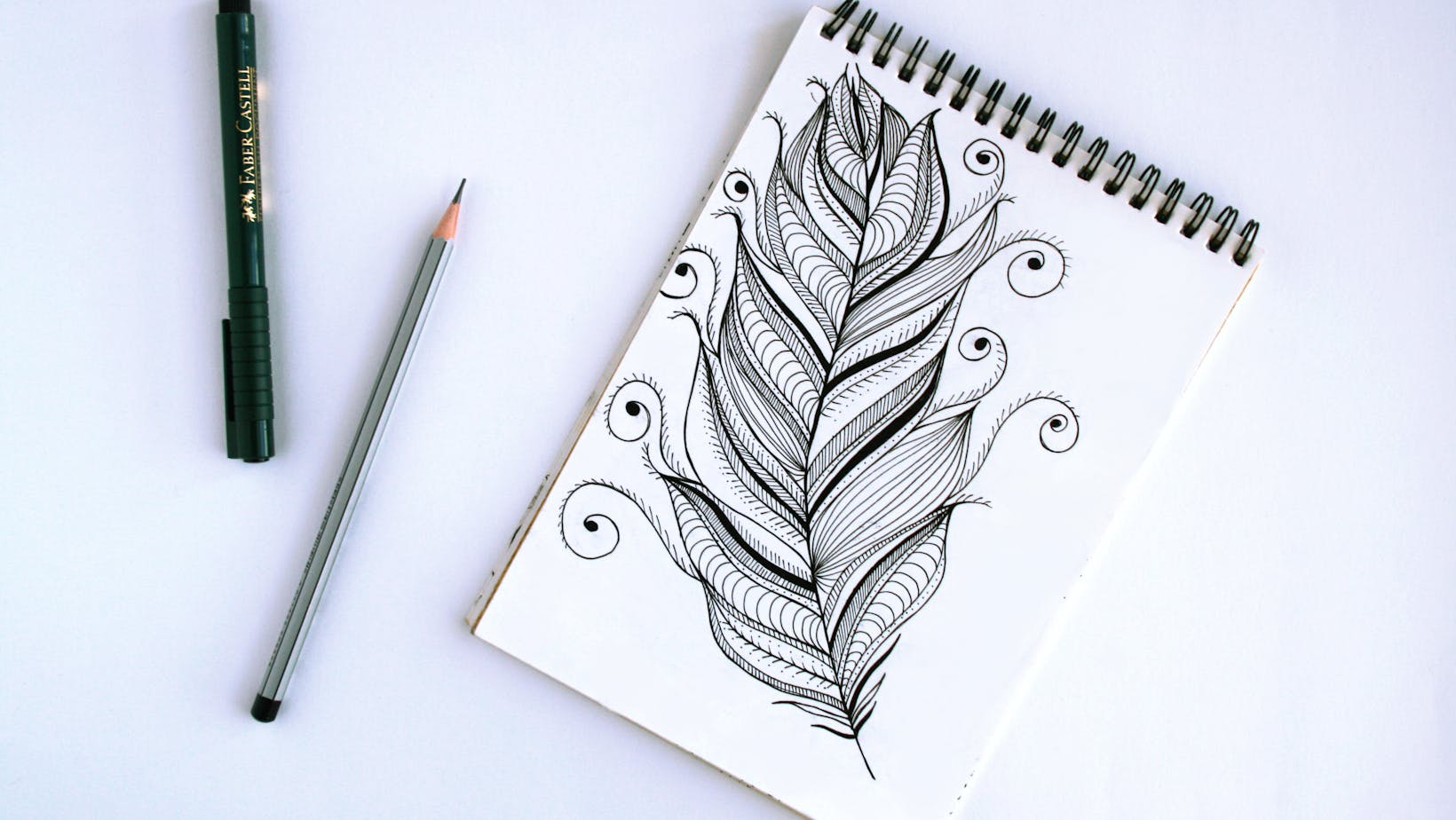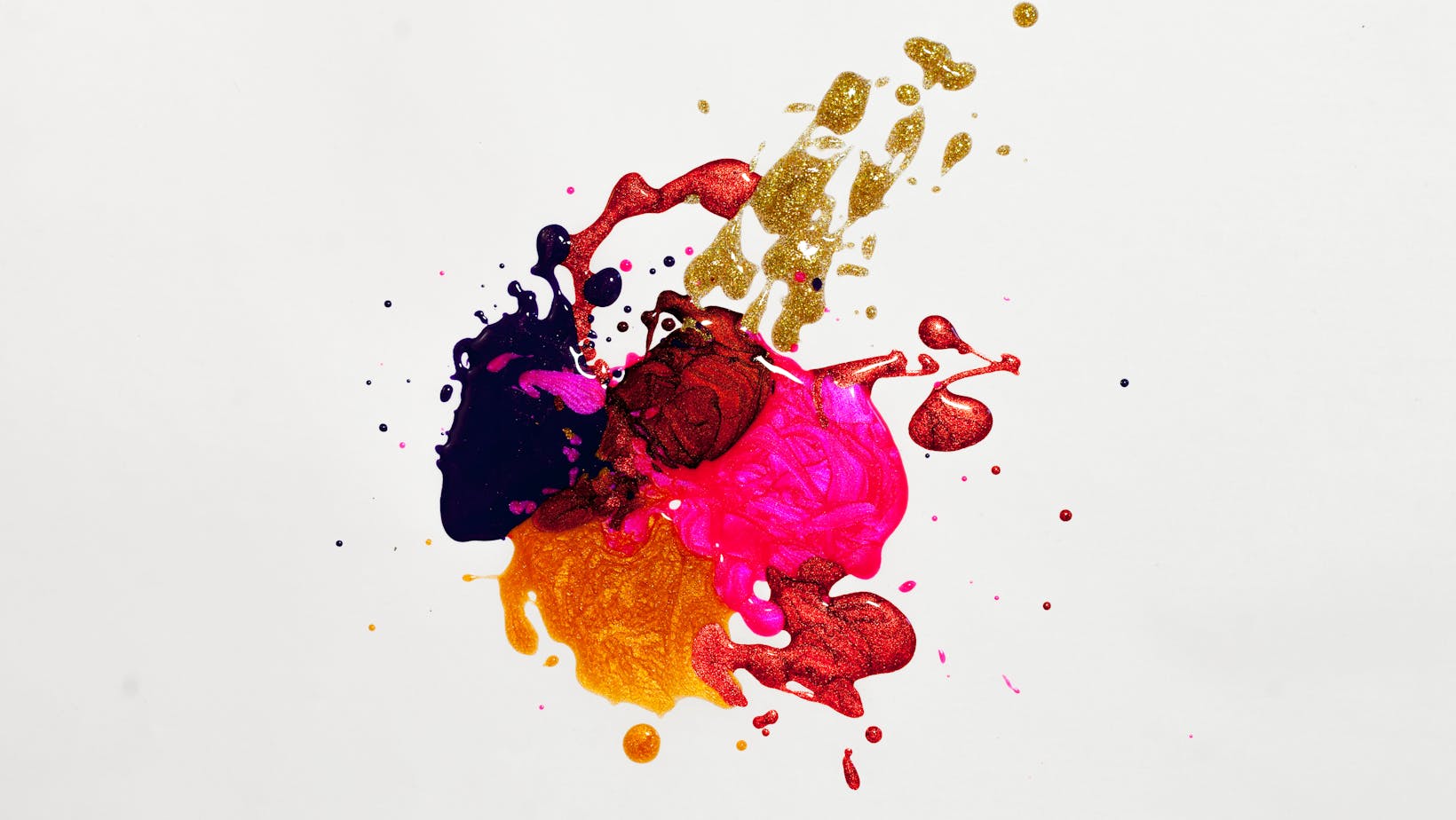Beautiful:r_5xzfikzok= Art

Modern innovations in art captivate and inspire by distilling complexity into visual harmony. This quality transcends style, subject, or medium. Artists like Vincent van Gogh and Georgia O’Keeffe create beauty that resonates universally, demonstrating how modern innovations can enhance traditional techniques. Their work reveals layers of emotion and perspective, going beyond mere technique or form.
In beautiful art, color acts as a powerful communicator. Claude Monet’s use of light and shadow exemplifies how color sets mood and atmosphere. Through color, artists evoke feelings and suggest narratives hidden within the artwork’s depth.
Composition remains central to conveying the essence of beauty. Leonardo da Vinci’s “The Last Supper” showcases how balance and proportion guide viewers’ attention. Effective composition directs the eye, creating a visual story that’s both compelling and harmonious.
Texture enriches art with depth and dimension. Vincent van Gogh’s impasto technique gives his paintings tactile richness. Through texture, artists offer a multi-sensory experience that engages both sight and imagination.
Different Forms of Beautiful Art
Beautiful art manifests in various forms, each offering a unique way to experience beauty. Three primary categories illustrate the diversity and richness present in artistic expression.
 Visual arts encompass mediums like painting, sculpture, and photography. Painting reflects personal vision through color and form. Artists like Claude Monet use impressionistic techniques to capture light’s interaction with nature. Sculpture adds dimensionality; Michelangelo’s “David” exemplifies fine craftsmanship and lifelike detail. Photography freezes moments in time, with Ansel Adams’ landscapes showcasing nature’s majestic beauty.
Visual arts encompass mediums like painting, sculpture, and photography. Painting reflects personal vision through color and form. Artists like Claude Monet use impressionistic techniques to capture light’s interaction with nature. Sculpture adds dimensionality; Michelangelo’s “David” exemplifies fine craftsmanship and lifelike detail. Photography freezes moments in time, with Ansel Adams’ landscapes showcasing nature’s majestic beauty.
Performing arts bring beauty to life through music, dance, and theater. Music stirs emotion with melody and harmony; Ludwig van Beethoven’s symphonies remain deeply impactful. Dance incorporates movement and rhythm, with ballet combining grace and athleticism. Martha Graham’s choreography highlights expressive motion. Theater weaves storytelling and performance, with works like William Shakespeare’s plays exploring complex human emotions.
Literary arts capture beauty through words, poetry, and prose. Poetry distills emotion into verses; Emily Dickinson’s poems resonate with introspective beauty. Novels engage readers with narrative depth, as seen in Jane Austen’s vivid character portrayals. Essays offer reflective insights, with writers like Virginia Woolf exploring personal and social themes while captivating audiences with lyrical prose.
Iconic Examples of Beautiful Art
 Throughout history, certain artworks have transcended time and culture, captivating audiences with their beauty and emotional depth. These iconic pieces stand as landmarks in the world of art, offering insight into human creativity and expression.
Throughout history, certain artworks have transcended time and culture, captivating audiences with their beauty and emotional depth. These iconic pieces stand as landmarks in the world of art, offering insight into human creativity and expression.
Leonardo da Vinci’s “Mona Lisa” is renowned for its enigmatic expression and masterful technique, drawing millions to the Louvre each year. Michelangelo’s “David,” with its imposing size and intricate detail, embodies the pinnacle of Renaissance sculpture. Vincent van Gogh’s “Starry Night” captivates viewers with swirling cosmic beauty, exemplifying the emotive power of color and brushwork. These works highlight the visual allure and technical prowess that define beautiful art.
Ludwig van Beethoven’s Symphony No. 9, celebrated for its innovative structure and emotional gravity, revolutionized classical music, resonating across generations. Martha Graham’s “Appalachian Spring,” through evocative choreography, captures the essence of American optimism and spirit. These performances stand as enduring examples of how art in motion transcends language to convey profound beauty and emotion.
Beauty in Arts
Beautiful art continues to be a testament to human creativity and expression, bridging the gap between past and present. Its ability to evoke emotion and challenge perceptions makes it a powerful force in society. As art evolves, it remains a reflection of diverse cultures and experiences, inviting viewers to explore new perspectives. Whether through the timeless allure of classic masterpieces or the innovative spirit of contemporary creations, art’s beauty lies in its capacity to inspire and connect. This enduring influence ensures that art will always play a vital role in shaping human understanding and appreciation of the world around them.